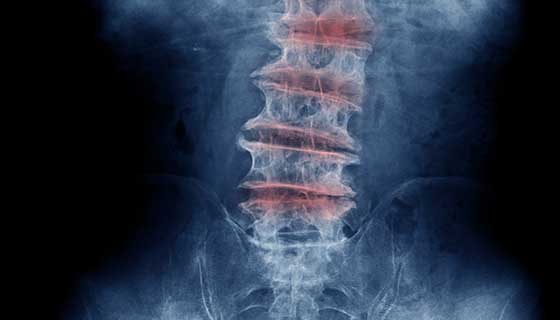Disk Xray
The first steps for a lumbar DDD diagnosis include the following:
- A medical history is collected that details current symptoms, including when the pain began, if pain is accompanied by other symptoms such as numbness or tingling, and if pain started after an injury. A medical history also gathers information on regular physical activity, sleep habits, and past injuries.
- A physical exam tests the spine’s range-of-motion and strength. A physical exam may include feeling by hand (called palpation) along the lower spine to locate areas of tenderness, inflammation, or physical abnormalities. Additionally, movement tests that determine which motions or positions alleviate or worsen pain can help indicate where pain is produced in the spine.

- Disk imaging software creates an archive of the source disk that can be used to create a back-up copy of the source disk. Disk Cloning is a process by which one hard drive is copied into other drives to make an exact copy of the source drive.
- 21 hours ago Disk imaging is a form of hard drive backup that places all of a hard drive’s data into a compressed file. That file can be stored on other devices, in a file system, or in the cloud. Disk imaging allows individuals and businesses to recover all data that was on a computer when the image was made.
Herniated Disk X Ray Neck
Disk Xray is a disk usage statistics viewer, duplicate file and folder finder and cleanup tool for macOS. Disk Xray performs three fundamental functions - and it performs them well offering maximum security to restore all files in case you remove something accidentally. Disk Xray requires macOS 10.10 or later. For Patients: Professionals: Accredited Training: Discussion: http://a. Disk Imaging copies the entire contents of a hard drive into a single compressed file, generally of a proprietary format. Disk Cloning takes immediate effect, once the cloning process has been completed, the new drive (or destination drive) can be used to boot to the system straight away.
Herniated Disk X-ray

See Preparing to See A Doctor for Back and Neck Pain

The above diagnostic methods are typically enough to diagnose pain from a spinal disc, and most cases can be diagnosed by visiting a primary care physician. Other cases may require insight from a spine specialist and/or additional testing. In order to locate the specific segment of disc degeneration, diagnostic imaging tests may be used.
See Specialists Who Treat Back Pain
Diagnostic Imaging for Degenerative Disc Disease
A definitive diagnosis for lumbar DDD may require an MRI scan to ensure that other issues are not contributing to pain, such as a fracture or disc herniation. If surgery is needed, an imaging test is required prior to the procedure to accurately locate the degenerated disc and plan the surgery.

Slipped Disk X-ray

See Diagnostic Processes for Neck and Back Pain
An MRI (magnetic resonance imaging) scan uses a high-powered magnet to align and detect water molecules in the body, which allows doctors to visualize soft tissues such as muscles, ligaments and tendons, and spinal discs. MRI scans rely on magnetism rather than radiation—used in x-ray and CT scans—so there is little risk involved in an MRI scan, and scans are not painful.
See MRI Scan of the Spine
Example Of Ruptured Disk X-ray
MRI scans can provide useful information concerning:
- Disc height
- Disc shape
- Endplate erosion
- Pinched nerves
- Disc hydration (if there is little or no hydration, it may be referred to as a black disc, as the disc will appear black on the MRI scan)
See Do I Need an MRI Scan?
Studies have shown that MRI findings of mild or significant disc degeneration are found on scans of patients with severe pain and minimal or no pain. Additionally, many painful conditions may not show up on an MRI, such as a tear in the disc’s outer rings or some cases of herniated discs. For this reason, a diagnosis cannot rely solely on imaging tests and must be used in combination with a medical history and physical examination.
